Nurses’ pilot program uses teach-back method
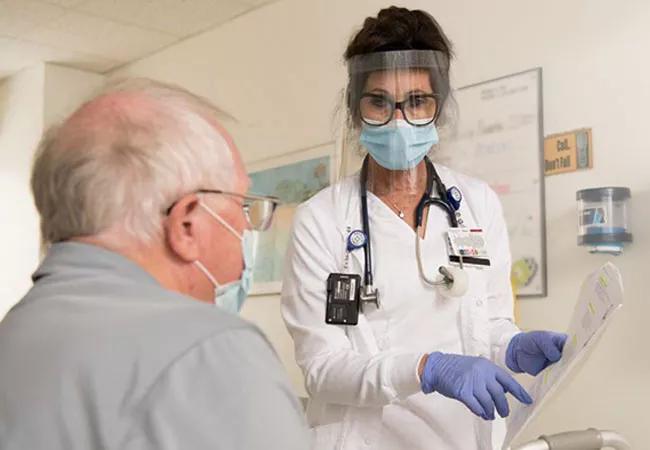
When it’s time for patients who have been hospitalized with stroke to go home, they receive verbal instructions from a nurse and a templated after-visit summary outlining discharge care instructions. The document might include highlights or notes deemed especially important to the patient, but how nurses use and communicate about the document varies. How well patients absorb these going-home instructions also can vary, and that, in turn, has the potential to affect outcomes for a patient population considered at risk for having another stroke.
Advertisement
Cleveland Clinic is a non-profit academic medical center. Advertising on our site helps support our mission. We do not endorse non-Cleveland Clinic products or services. Policy
Kristian Bowling, BSN, RN, a nurse on a neurological transition care unit at Cleveland Clinic’s main campus, has piloted a program to optimize the written and verbal discharge instruction process with a goal of improving patient outcomes.
Each year, Bowling says, one in eight patients with stroke in the United States experiences an adverse event after being discharged from the hospital. These include secondary strokes, complications that result in readmissions, and medication errors.
In her role as a preceptor to new nurses coming onto the neurology unit, Bowling says she saw an opportunity to improve the discharge process by introducing a new take-home form that uses a five-point checklist based on The Joint Commission standards. The educational categories on the list are:
Each category provides the nurse with an opportunity to deliver important information and a prompt for patients to teach it back to ensure that important information has been understood. Suggested teach-back questions include “When is your follow-up appointment scheduled and with what doctor?” and “Can you tell me what risk factors you personally have for having a stroke?”
The questions are among the strengths of the system, Bowling says. Among a variety of ways for relaying new information, research shows that the teach-back method is one of the most effective, she says.
Advertisement
“I did a lot of research on The Joint Commission standards, and I researched how nurses learn best and how patients learn best,” Bowling says. “Based on that, I selected the teach-back method. It should be one of the most used, but it’s one of the most forgotten.”
In her own use of the checklist, Bowling says the teach-back method revealed information gaps. “I found that when I asked patients to repeat information back to me, sometimes they would repeat it incorrectly, indicating they had not understood the instructions. So it gave me time to clarify what they had not understood.”
Bowling developed an audiovisual presentation to train nursing colleagues, and the method was rolled out over a six-week period beginning in March 2021. Twenty-two of 26 nurses on the unit completed the education, Bowling says. Floating and traveling nurses did not participate.
Evaluation of the project included calculating the rate of use and completion of the checklist. Usage and completion rates improved over the weeks.
Improvements to discharge processes, including making them as individualized and patient-centered as possible, could lead to better patient governance, Bowling says. Anecdotal response from nurses indicated that the educational video was helpful and that they appreciated the focus on a standardized procedure.
“As of now, I’m working with the stroke enterprise director to see if we want this checklist to be expanded to other three other units that deal with this patient population,” Bowling says.
Advertisement
Advertisement
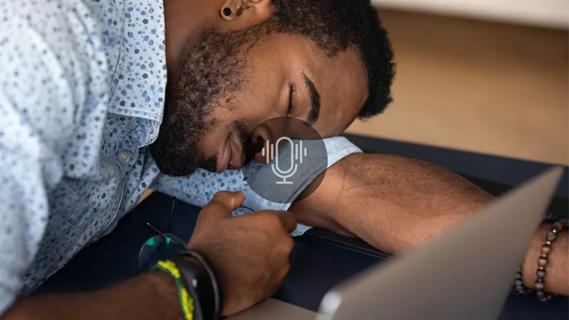
Testing options and therapies are expanding for this poorly understood sleep disorder
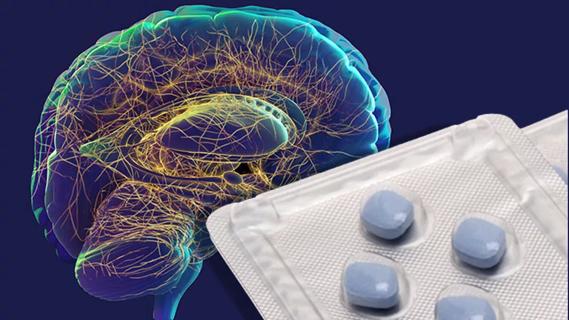
Real-world claims data and tissue culture studies set the stage for randomized clinical testing

Digital subtraction angiography remains central to assessment of ‘benign’ PMSAH

Cleveland Clinic neuromuscular specialist shares insights on AI in his field and beyond
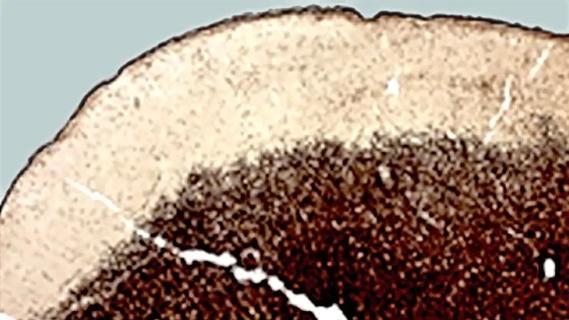
Findings challenge dogma that microglia are exclusively destructive regardless of location in brain
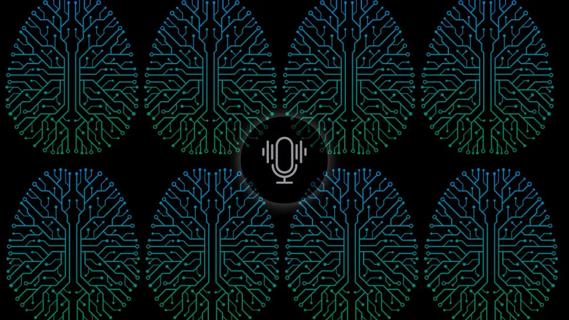
Neurology is especially well positioned for opportunities to enhance clinical care and medical training
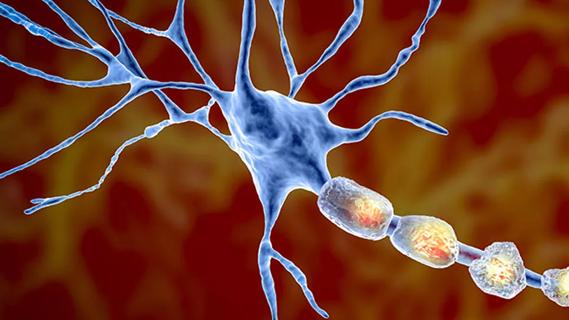
New review distills insights from studies over the past decade

Guidance from an expert on distinguishing — and co-managing — the disorders